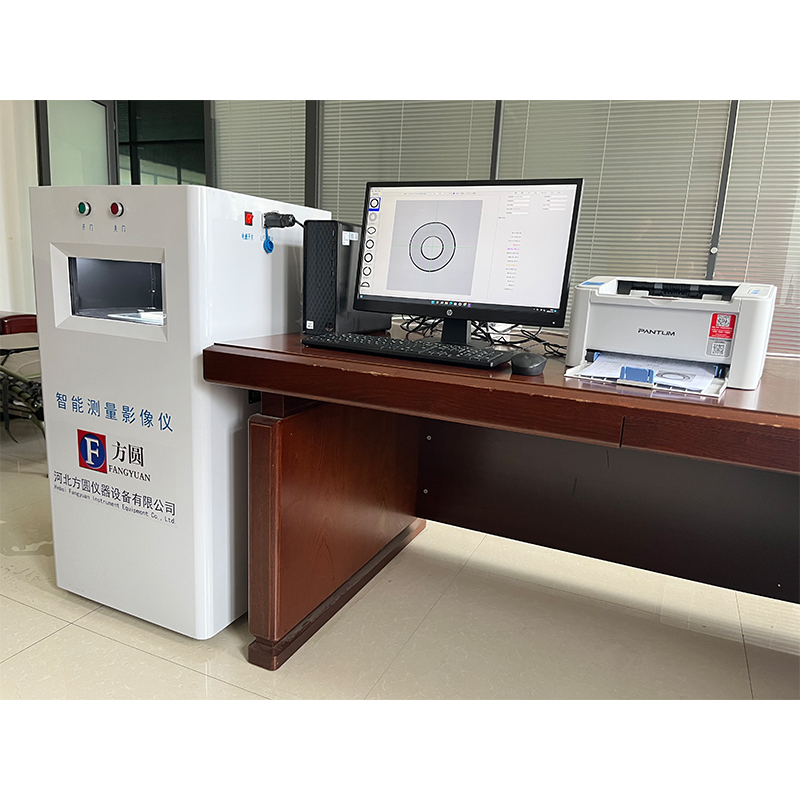conductor resistance measuring instrument
Understanding Conductor Resistance Measuring Instruments
In electrical engineering and power systems, accurate measurement of conductor resistance is pivotal for ensuring the efficient performance of electrical systems. Conductor resistance measuring instruments are specialized devices designed to quantify the resistance of electrical conductors, which can include wires, cables, and other conductive materials. This article will delve into the importance of these instruments, their working principles, and their applications.
Importance of Measuring Conductor Resistance
Conductor resistance is a critical parameter that affects the performance of electrical circuits. High resistance can lead to significant power losses in the form of heat, reducing the efficiency of electrical systems. It can also result in voltage drops, potentially compromising the overall functionality of electrical equipment. Therefore, regular measurement of conductor resistance is essential for the following reasons
1. Efficiency Assessment Understanding the resistance values helps engineers determine the efficiency of electrical systems. High resistance values indicate possible wear, corrosion, or defects in conductors that need to be addressed.
2. Safety Measures Poor conductor performance can lead to overheating and potential hazards like electrical fires. By monitoring resistance levels, organizations can identify risks and take preventive measures.
3. Preventive Maintenance Regular testing allows for early detection of problems, enabling timely maintenance actions that can prolong the life of electrical installations and reduce unplanned outages.
Types of Conductor Resistance Measuring Instruments
There are various types of instruments utilized for measuring conductor resistance, each suited for different applications
1. Four-Wire (Kelvin) Method This method employs four separate leads to measure resistance accurately, mitigating the impact of lead and contact resistance. This is particularly useful for low-resistance measurements, such as in power cables and connections.
2. Micro-ohmmeters Used for low-resistance measurements, micro-ohmmeters can detect resistance values in the micro-ohm range. They are ideal for measuring the resistance of high-current connections, circuit breakers, and bus bars.
conductor resistance measuring instrument

3. Digital Multimeters While primarily used for general electrical measurements, many modern digital multimeters come equipped with the capability to measure resistance, making them versatile tools for everyday use.
4. Bridge Method Instruments Wheatstone bridges and similar devices can provide highly accurate resistance measurements. These methods are often used in laboratory settings or for research purposes.
5. Portable Resistance Testers Designed for field use, these instruments allow for on-site measurement of conductor resistance. They are essential for utility companies and maintenance teams working in outdoor environments.
Working Principle
The basic principle behind resistance measurement is Ohm's Law, which states that the resistance (R) is equal to the voltage (V) across a conductor divided by the current (I) flowing through it (R = V/I). Conductor resistance measuring instruments apply a known voltage to the conductor and then measure the resulting current to calculate resistance.
In devices like the four-wire method, separate pairs of leads are used to eliminate the effects of contact and lead resistances, ensuring that the measured values accurately reflect the conductor's resistance. This technique is crucial for high-precision measurements required in industrial applications.
Applications
Conductor resistance measuring instruments find extensive applications in various sectors
- Power Generation and Distribution Ensuring that electrical equipment functions efficiently. - Telecommunications Assessing the integrity of transmission lines and connections. - Manufacturing Quality control in the production of electrical components. - Transportation Ensuring the reliability of electrical systems in vehicles, trains, and aircraft.
Conclusion
The measurement of conductor resistance is a fundamental aspect of maintaining electrical systems' efficiency, safety, and reliability. The evolution of measuring instruments has made it easier and more accurate to assess conductor resistance, thereby facilitating maintenance and ensuring optimal performance across a wide range of applications. By investing in the right measuring instruments and adhering to regular testing protocols, organizations can enhance the durability and efficiency of their electrical infrastructures, ultimately leading to significant cost savings and improved safety.
-
The Role of Tensile Force Testers in Quality Control and Material Science
NewsAug.01,2025
-
Maintenance and Safety Tips for Aging Ovens
NewsAug.01,2025
-
Density Balance in Forensic Science
NewsAug.01,2025
-
Advanced Optical Measurement Technologies
NewsAug.01,2025
-
A Buyer’s Guide to Tensile Test Machines
NewsAug.01,2025
-
Why the Conductor Resistance Constant Temperature Measurement Machine Redefines Precision
NewsJun.20,2025
 Copyright © 2025 Hebei Fangyuan Instrument & Equipment Co.,Ltd. All Rights Reserved. Sitemap | Privacy Policy
Copyright © 2025 Hebei Fangyuan Instrument & Equipment Co.,Ltd. All Rights Reserved. Sitemap | Privacy Policy
